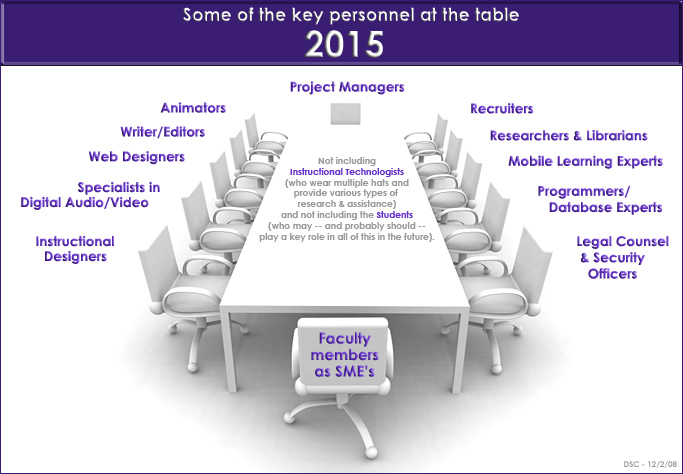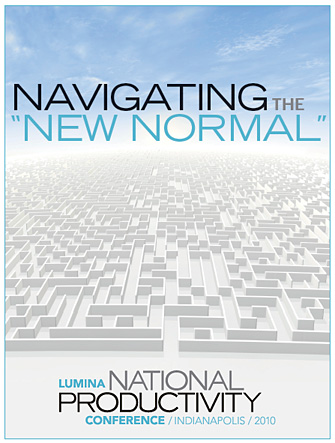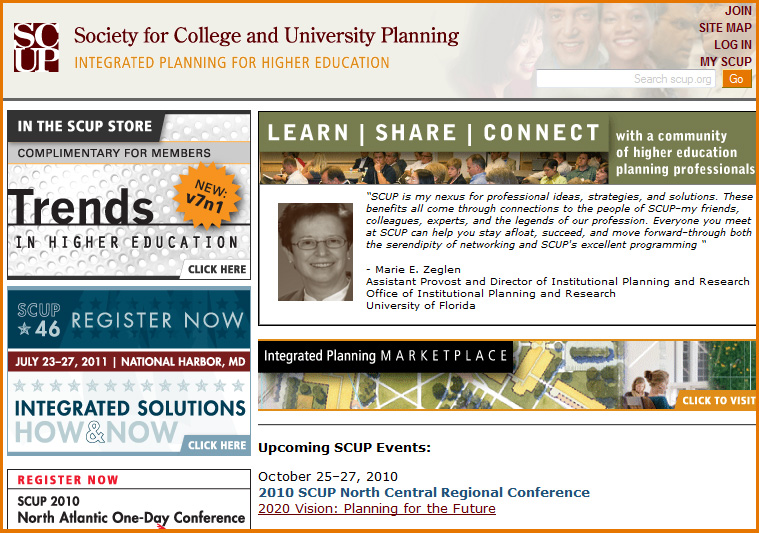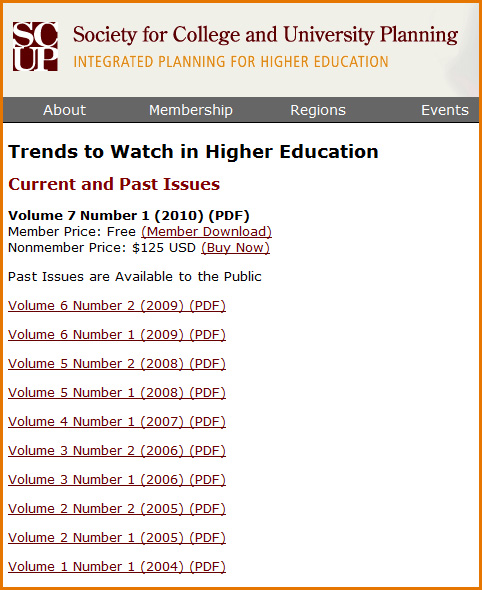From DSC:
I have it that higher education has reached the point where we need teams of specialists to create and deliver the content. (This is probably also true for K-12 as well.) If we want to engage the (already developing) new type of student these days, things have become far too complex for one person to do it all anymore.
- You don’t walk into a hospital and only see one type of doctor listed there.
- You don’t see only one person’s name who was responsible for building that spectacular new building on your campus.
- The credits at the end of any major motion picture don’t show one person’s name.
- The list goes on and on.
Often, for complex endeavors, we need teams of people.
To be fair…given that we use textbooks created by publishers, I suppose that we already employ teams of people to a significant extent…but it is not enough…at least not yet. This point was brought home to me again while reviewing the article, Online Education: Budgets, Leadership Changes Drive Restructuring by David Nagel. David states that “the vast majority of online program managers claimed in a recent survey that faculty resistance is a significant hindrance to the expansion of their online education programs.”
This should not come as a surprise for several reasons (at least):
1) Faculty may not have taken a course online themselves yet. They may not have personally experienced this manner of teaching and learning. They may not have seen how effective it can be (if it’s done well and properly).
2) Secondly, it must be very difficult to invite other people to the table or to let others bring their chairs up to the table.
3) Thirdly, and more of my focus here, is that learning how to teach online is a new ball game — requiring a variety of skills and interests — of which few have all of the skills and interests involved and none have all of the necessary time required. Teaching an effective online course requires a great deal of time and work to understand what’s possible in that particular teaching and learning environment, and which tools to use when, and to pull together the resources needed to create effective, engaging, multimedia-based online-based materials for the first time. Heck, we instructional technologists struggle to keep up here, and it’s but one piece of the puzzle.
The problem is, with this new environment, a whole new set of skills are necessary, as captured in this graphic I created a while back:

In citing why restructurings are so prevalent, the following caught my eye:
- Most (59 percent) cited budget issues, while 38 percent also cited coordination of instructional resources as factors

.
Now that “coordination of instructional resources” probably covers a variety of needs, requirements, and goals. But one of those goals/needs, at least in my mind and based upon my experience, is the need to create a team of specialists.
No longer can we expect to be able to put everything on the plate of one person. Because rare will that faculty member be who has the all the new prerequisite interests and abilities and software and hardware. And if they are that good, they won’t have the time to do it all anyway.
















